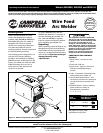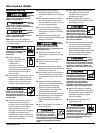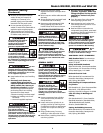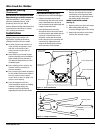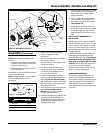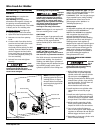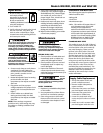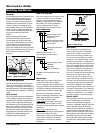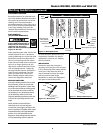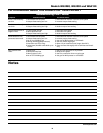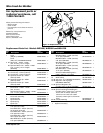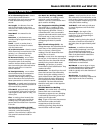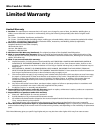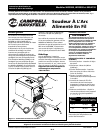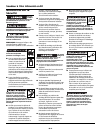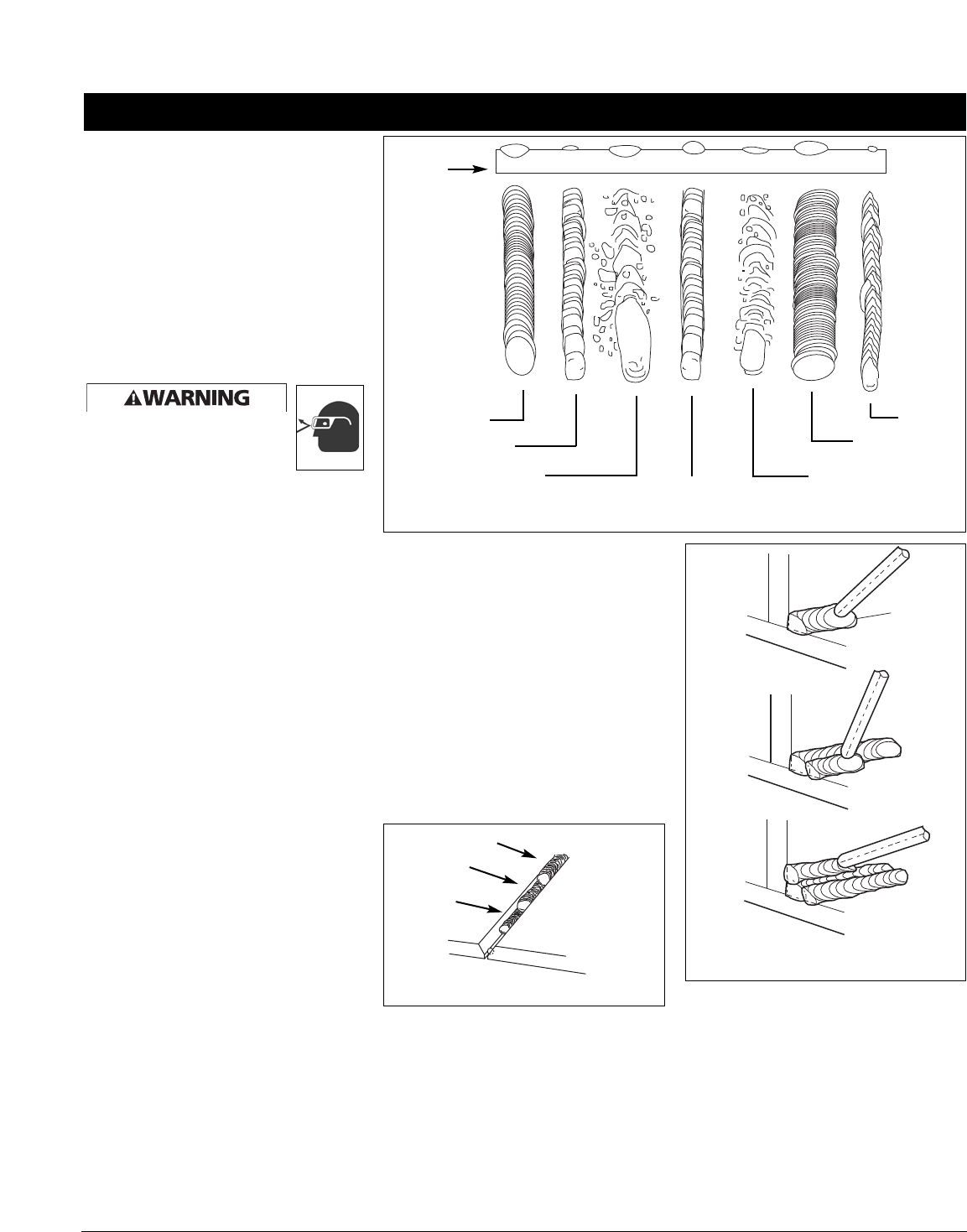
Models WG3080, WG3090 and WG4130
9
www.chpower.com
ELECTRODE EXTENSION
Electrode extension (or electrode stick-
out) is the distance between the end of
the contact tip and and the end of the
welding wire. The recommended
electrode extension is from 1/4 to 1/2 in
(6 to 13 mm). If the electrode extension
is too long, welding current will be
reduced and the bead will be high and
narrow with less penetration.
SLAG REMOVAL
(FLUX-CORED WIRE ONLY)
Wear ANSI approved safety
glasses (ANSI Standard Z87.1)
and protective clothing when
removing slag. Hot, flying
debris can cause personal injury to
anyone in the area.
After completing the weld, wait for the
welded sections to cool. A protective
coating called slag now covers the weld
bead which prevents contaminants in
the air from reacting with the molten
metal. Once the weld cools to the point
that it is no longer glowing red, the
slag can be removed. Removal is done
with a chipping hammer. Lightly tap
the slag with the hammer and break it
loose from the weld bead. The final
clean-up is done with a wire brush.
When making multiple weld passes,
remove the slag before each pass.
WELDING POSITIONS
Four basic welding positions can be used;
flat, horizontal, vertical, and overhead.
Welding in the flat position is easier than
any of the others because welding speed
can be increased, the molten metal has
less tendency to run, better penetration
can be achieved, and the work is less
fatiguing. Welding is performed with the
wire at a 45º travel angle and 45º work
angle.
Other positions require different
techniques such as a weaving pass,
circular pass, and jogging. A higher skill
level is required to complete these welds.
Overhead welding is the least desirable
position as it is the most difficult and
dangerous. Heat setting and wire selection
will vary depending upon the position.
All work should be performed in the
flat position if possible. For specific
applications, consult an arc welding
technical manual.
WELD PASSES
Sometimes more than one pass is
necessary to fill the joint. The root pass
is first, followed by filler passes and the
cover pass. If the pieces are thick, it
may be necessary to bevel the edges
that are joined at a 60º angle.
Remember to remove the slag before
each pass for the FCAW process.
Welding Guidelines (Continued)
Normal Heat,
Wire Speed,
Travel Speed
Heat Too Low
Heat Too High
Wire Speed
Too Fast
Wire Speed Too Slow
Travel Speed
Too Slow
Travel
Speed
Too Fast
Base
Metal
Figure 9 - Weld Appearance
Figure 10 - Weld Passes
Cover
Filler
Root
Figure 11 - Multiple Weld Passes



